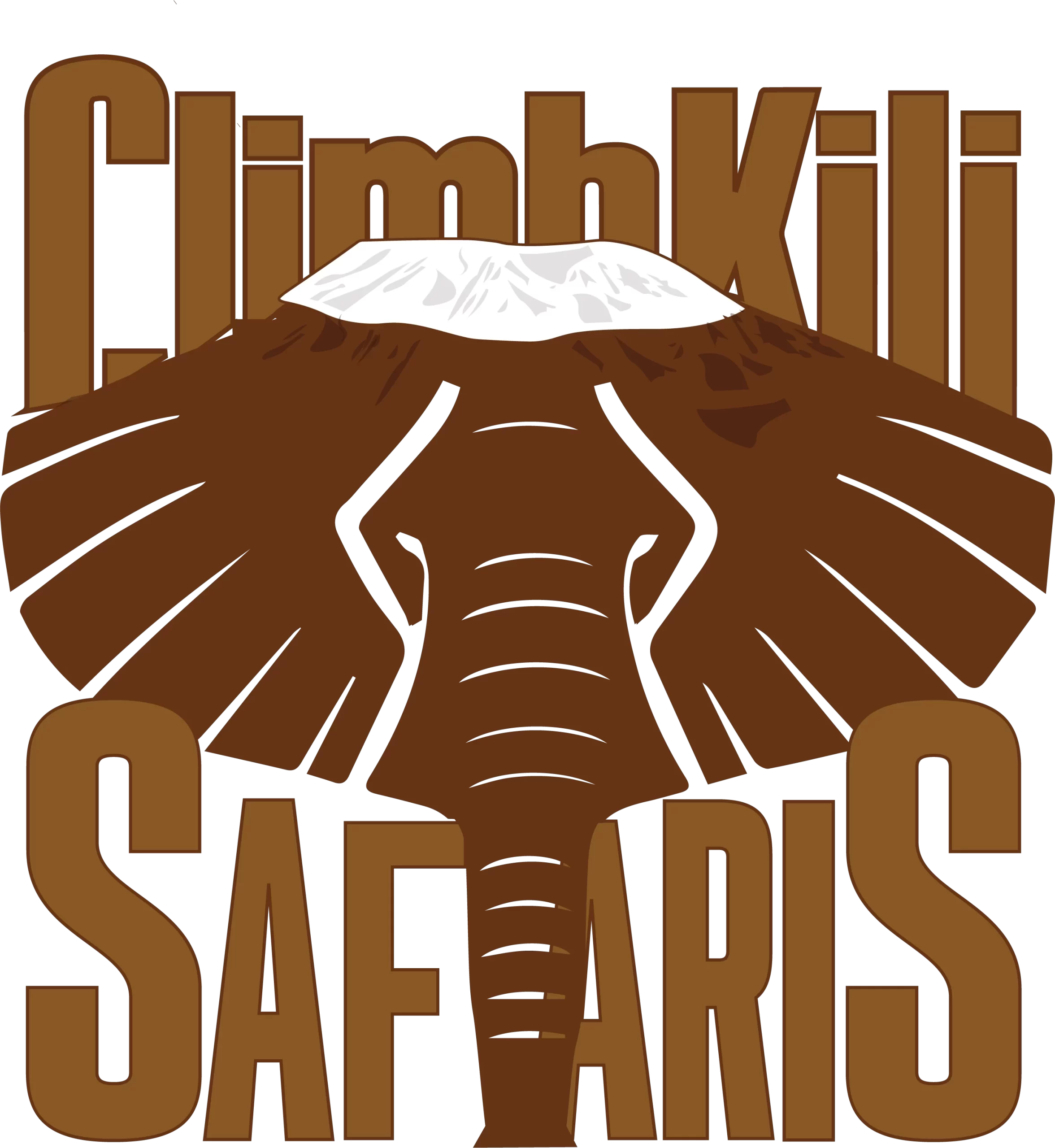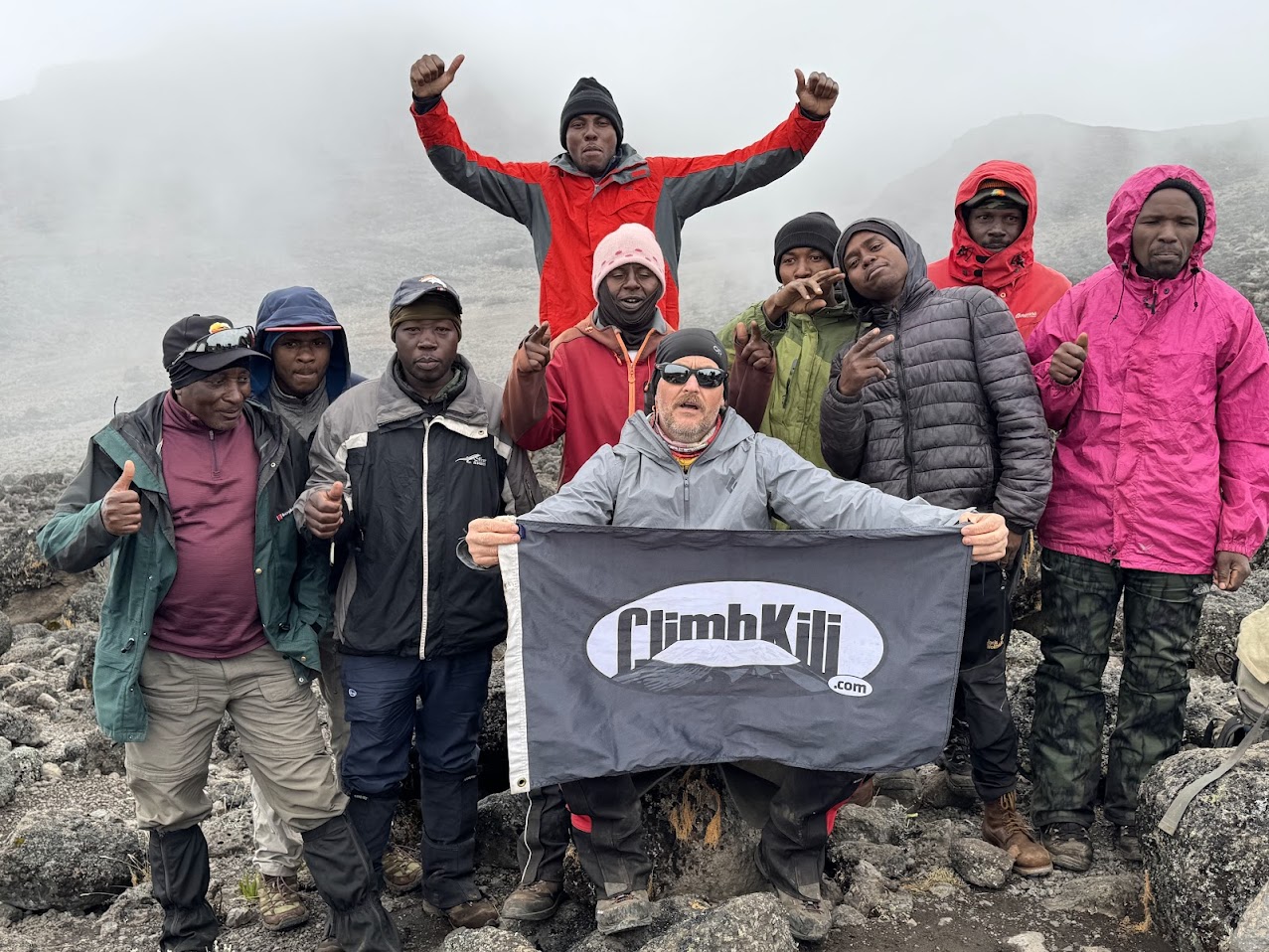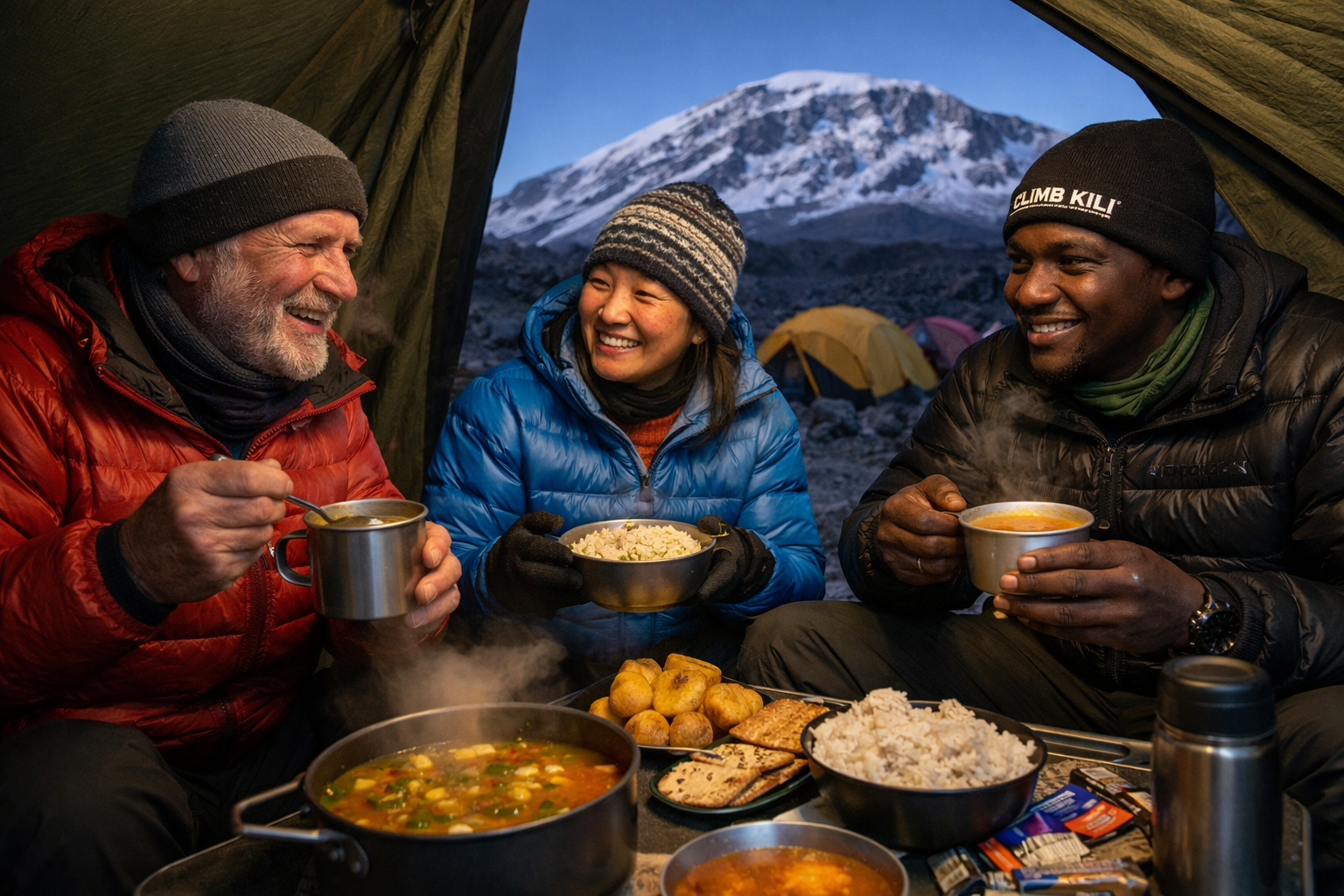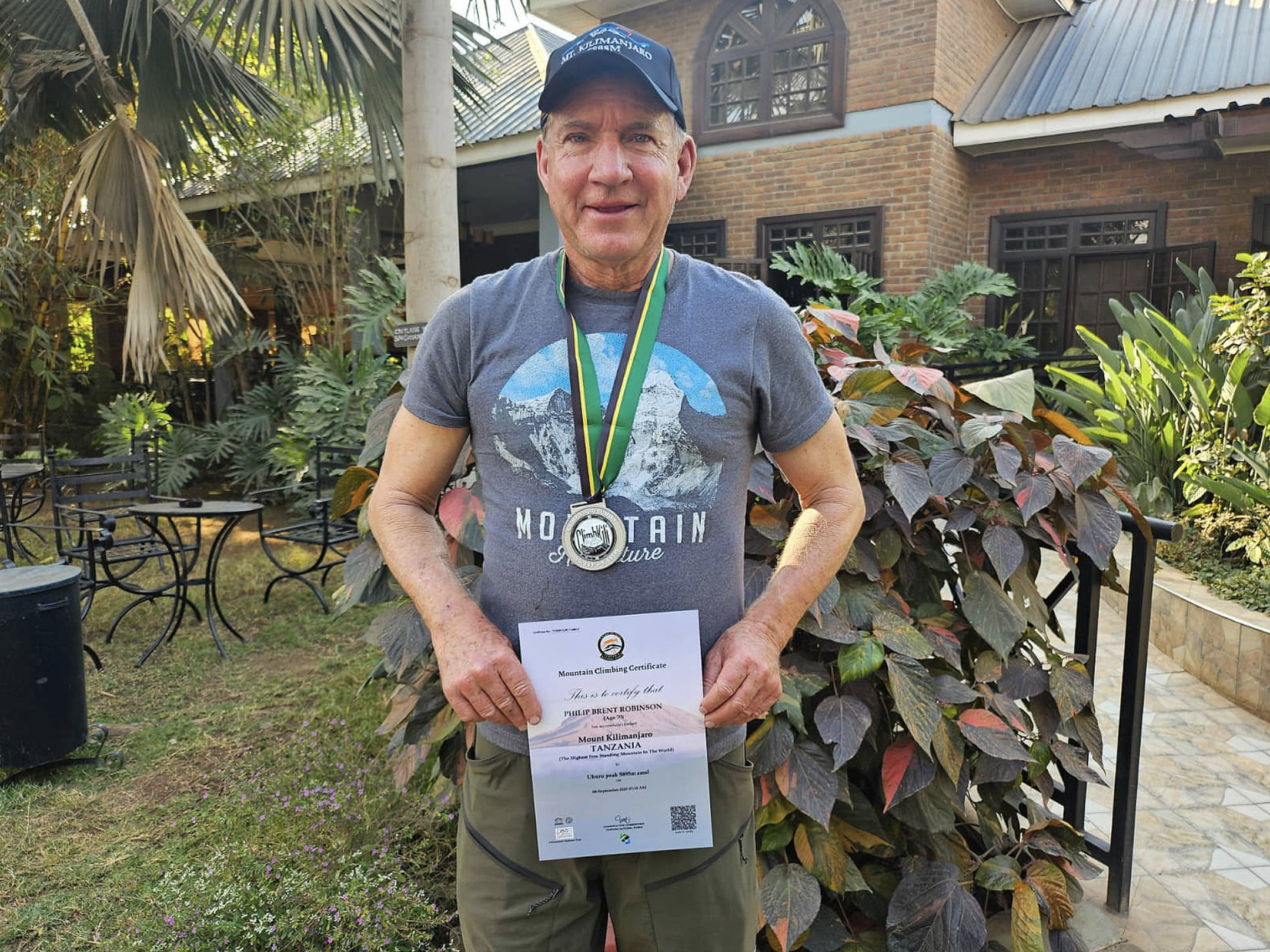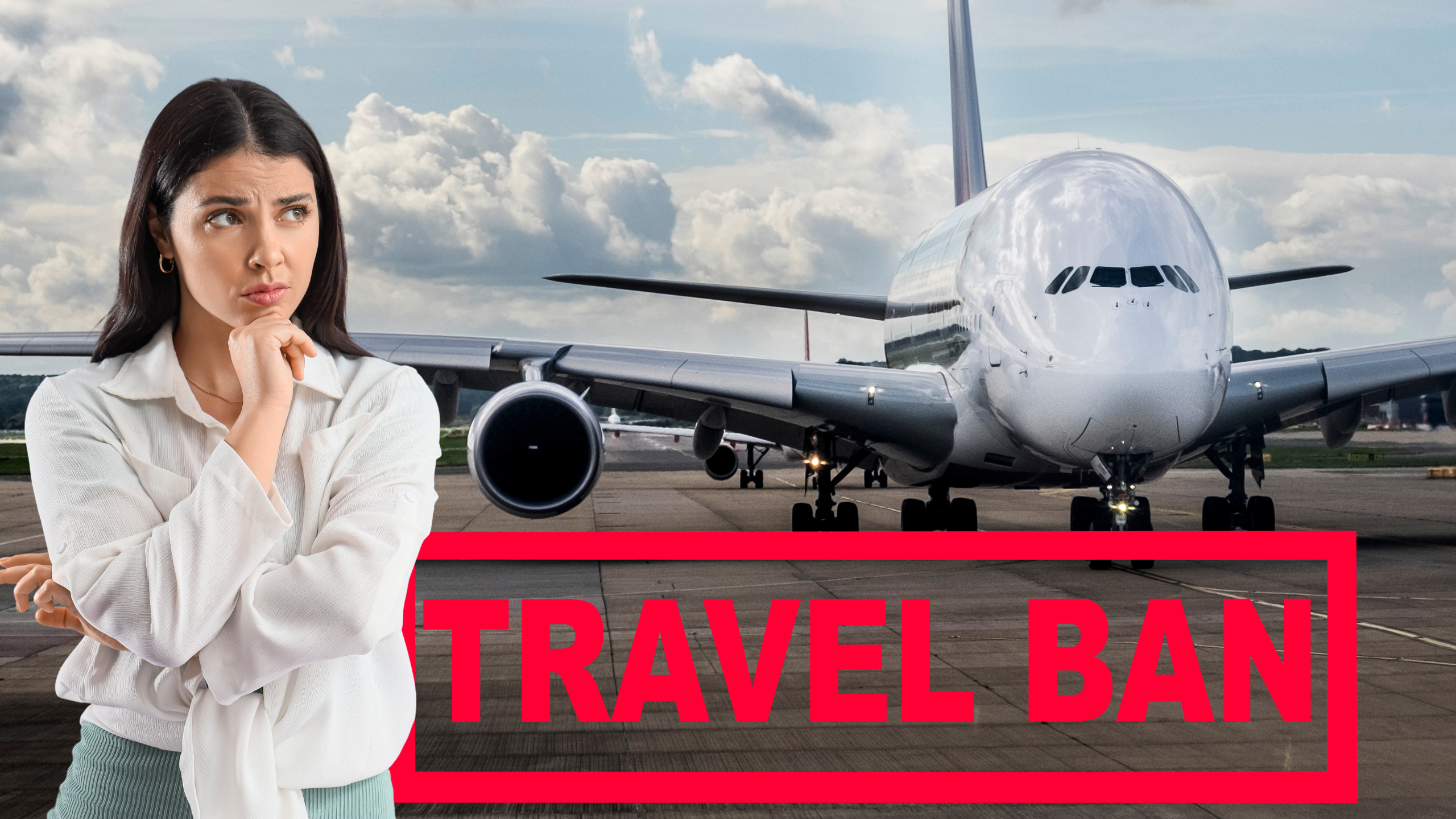Choosing the right trekking experience can significantly impact your journey to the Roof of Africa. While some opt for large, bustling groups, small group treks offer a unique, intimate, and rewarding way to climb Mount Kilimanjaro. From building stronger bonds to receiving personalized guidance, here’s how a small group trek can transform your Kilimanjaro adventure.
✅ 1. Personalized Guidance and Support
In a small group, guides can provide more tailored attention to each climber. This means:
- Custom Pacing: Guides adjust the pace based on individual needs, ensuring everyone acclimatizes safely.
- Health Monitoring: Frequent check-ins allow guides to identify altitude sickness symptoms early and address them effectively.
- Skill Development: New climbers benefit from personalized tips on technique, gear, and preparation.
With fewer people competing for a guide’s attention, you’ll feel more confident and supported throughout the journey.
📚 Explore our Kilimanjaro Training Guide
🛡️ 2. Enhanced Safety and Care
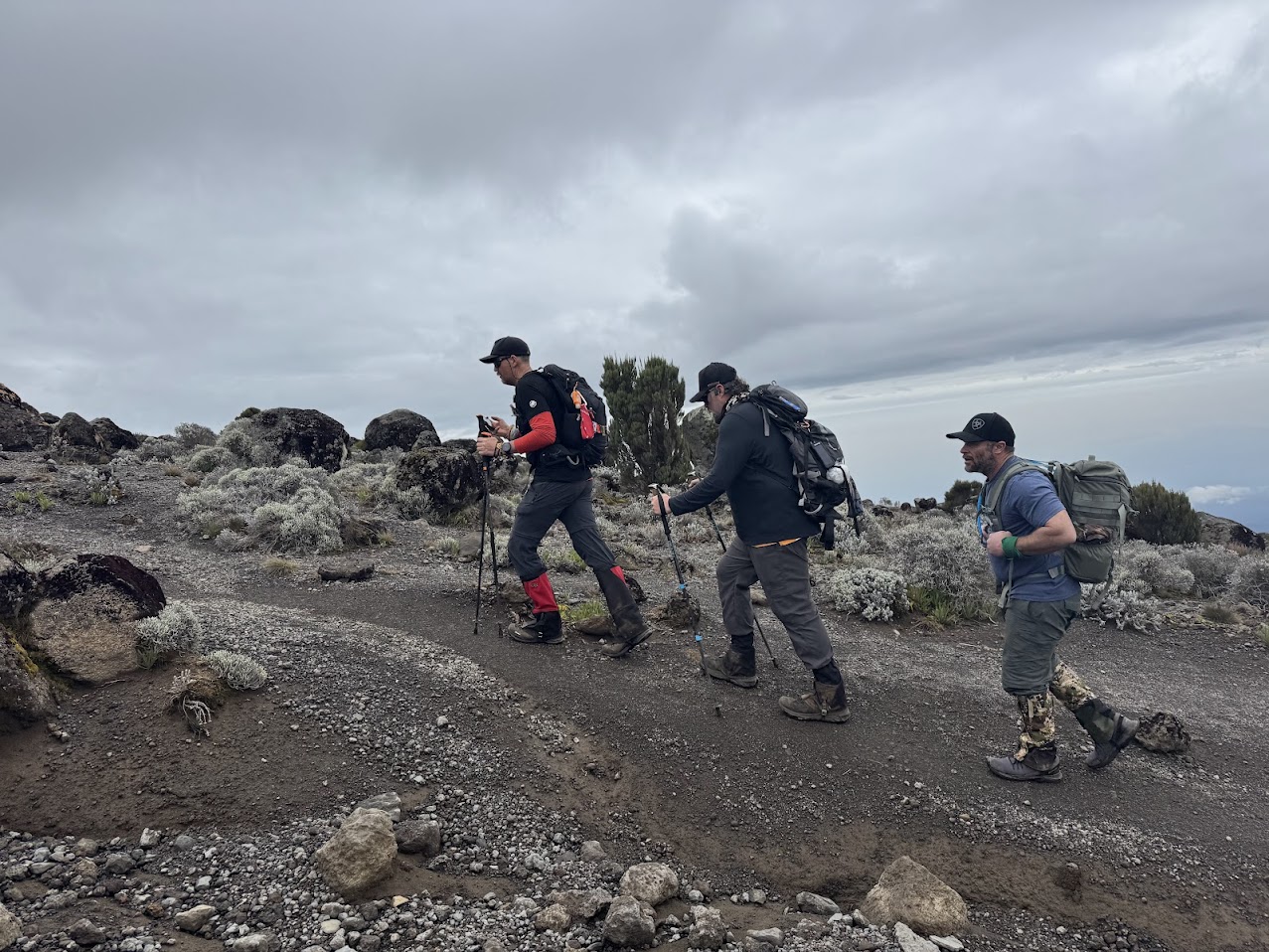
Safety is paramount on any Kilimanjaro climb, and small groups allow guides to focus on each participant’s well-being. In smaller settings:
- Guides can monitor individual health metrics like oxygen levels and heart rate more closely.
- Emergency responses are faster and more effective.
- There’s greater flexibility to adjust plans if weather or health issues arise.
This individualized attention minimizes risks and ensures a smoother, safer ascent.
👫 3. Stronger Camaraderie and Team Spirit
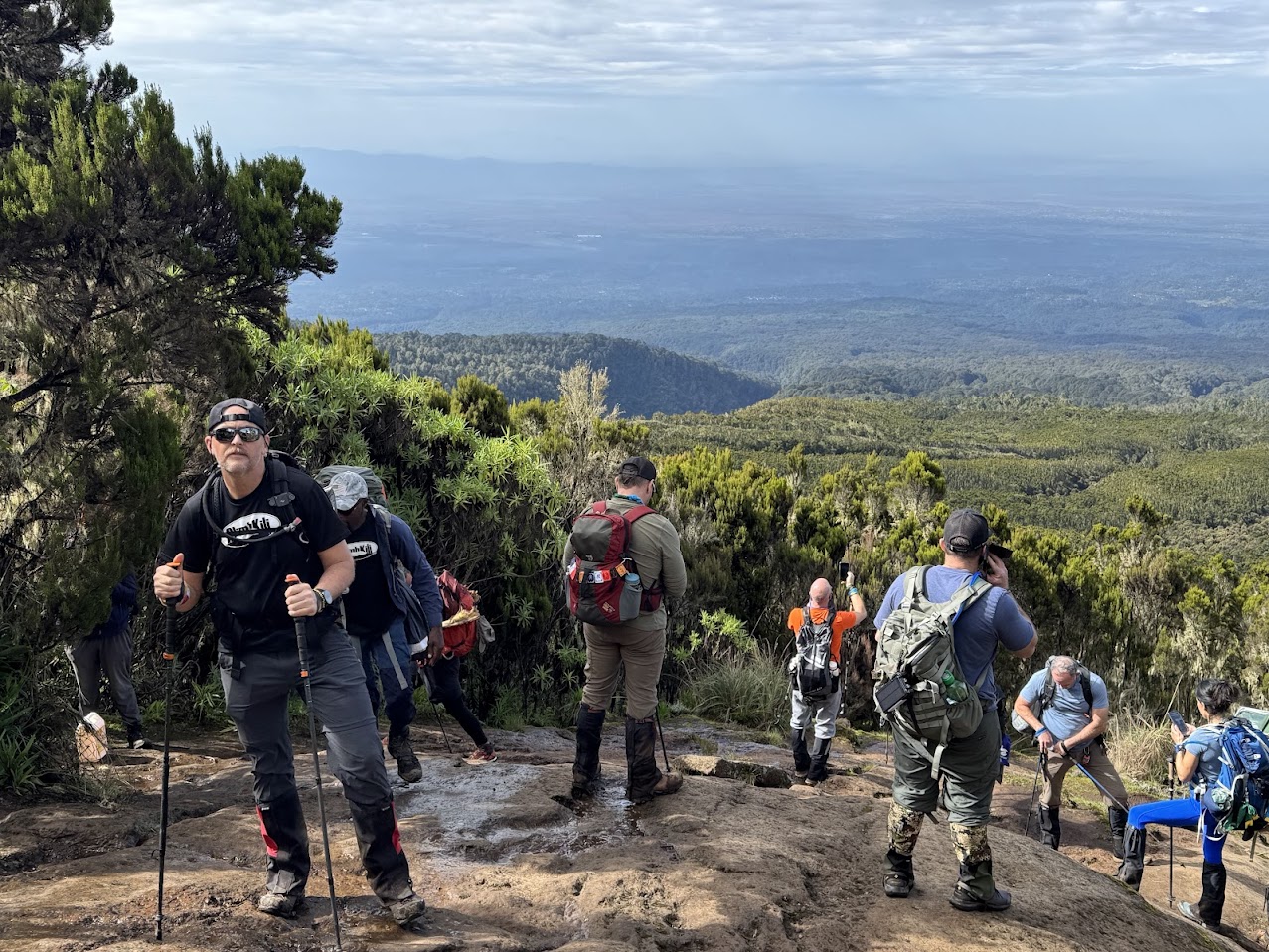
Small groups foster closer relationships among climbers. Trekking alongside a tight-knit group allows for:
- Shared Moments: Celebrate milestones like reaching the summit with people who have become friends.
- Mutual Support: A smaller team creates a supportive environment where everyone cheers each other on.
- Lifelong Connections: Many climbers leave with new friendships forged through the shared challenge.
This camaraderie adds depth to the journey, making it as much about the people as the mountain itself.
🌱 4. Minimal Environmental Impact
Smaller groups are more eco-friendly, aligning with sustainable trekking practices:
- Reduced Footprint: Fewer people mean less waste and minimal disruption to the mountain’s ecosystems.
- Ethical Travel: Small groups make it easier to adhere to Leave No Trace principles.
- Support for Local Communities: Smaller operations often partner with local guides, porters, and businesses, ensuring your trek positively impacts the region.
By choosing a small group, you contribute to preserving Kilimanjaro’s natural beauty for future generations.
🧭 5. Flexible Itineraries for Unique Experiences
In smaller groups, there’s more room for adaptability:
- Pace Adjustments: The trek can be tailored to the group’s overall fitness level.
- Route Choices: Guides can explore less-traveled paths for a more exclusive experience.
- Extra Activities: There’s often flexibility to include cultural encounters, wildlife spotting, or extended acclimatization days.
📍 Compare the Machame vs. Lemosho Routes
This flexibility ensures the trek aligns with your preferences and capabilities.
🌄 6. A More Peaceful and Focused Adventure
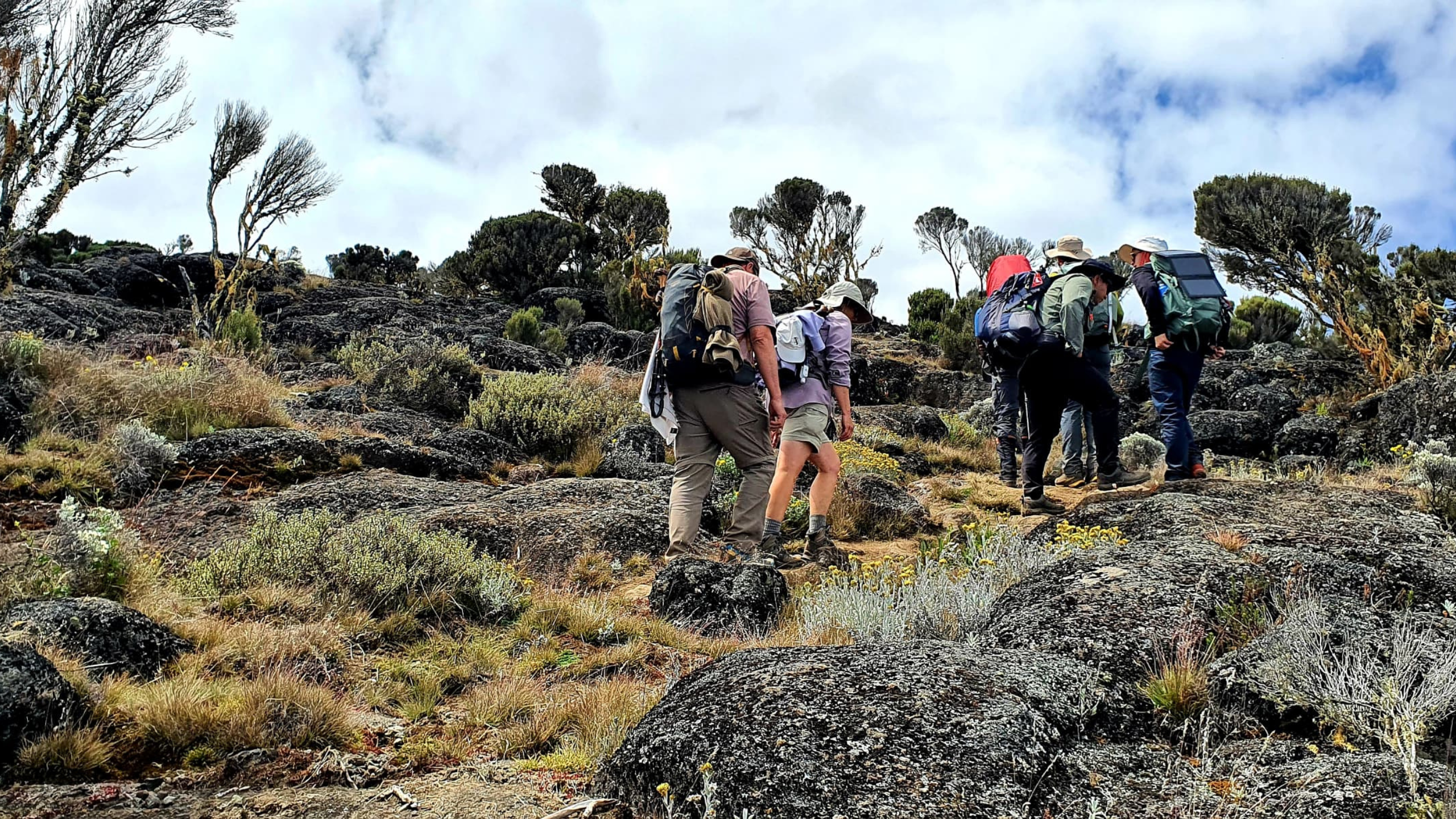
Small groups reduce distractions and create a more intimate experience on the mountain:
- Less Noise: Enjoy the serenity of Kilimanjaro’s landscapes without the hustle of a large group.
- Focused Briefings: Receive detailed instructions and insights without feeling rushed.
- Stronger Connection with Nature: The quiet atmosphere allows you to fully immerse yourself in the beauty of Kilimanjaro.
This tranquil environment fosters mindfulness, making your climb as mentally rejuvenating as it is physically challenging.
🏔️ 7. Higher Summit Success Rates
With personalized guidance, closer attention to health, and the supportive atmosphere of a small group, climbers often have a higher chance of reaching the summit. Guides can adjust strategies to help you acclimatize properly, increasing your odds of conquering the mountain.
📦 View Our Kilimanjaro Packing List
FAQ: Small Group Treks for Kilimanjaro
What defines a small group trek? Small group treks typically consist of 6 climbers, offering a more intimate and personalized experience compared to larger groups.
Are small group treks more expensive? While they may cost slightly more, the added benefits of personalized support, safety, and unique experiences make them well worth the investment.
How do small groups support environmental conservation? With fewer people, small groups generate less waste and reduce strain on Kilimanjaro’s fragile ecosystems.
Why Choose Climb Kili for Small Group Treks?
At Climb Kili, we specialize in creating tailored small group experiences that prioritize your safety, comfort, and enjoyment. Our expert guides, ethical practices, and focus on sustainability ensure every trekker feels supported and inspired throughout the journey.
Ready to experience Kilimanjaro like never before? Explore Upcoming Small Group Climbs
Tutaonana juu ya mlima (See you on the mountain) 💚🏔️

